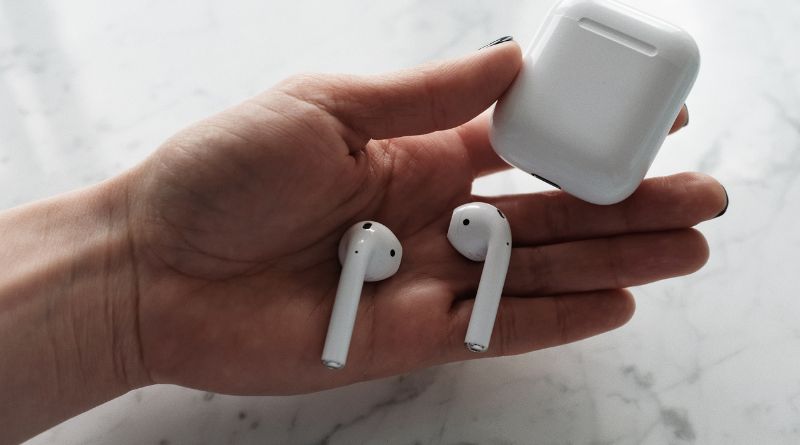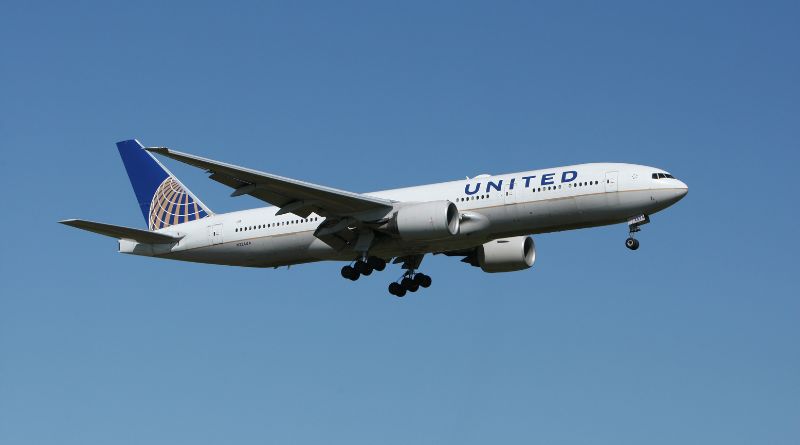Today, Apple announced its $8 AirTag device, which attaches to your luggage and lets you track its location at all times via your iPhone. Here’s how it works and why you’ll want to use it. (Spoiler alert: It’s super easy.)
The technology behind it
Sending your luggage through the airport is a one-way ticket to being completely unaware of where it has gone. This has been a problem for years and airlines are finally taking steps to solve it. With Apple’s new AirTag device, travelers will be able to track their bags no matter where they go – simply by following the notifications sent from Apple’s mobile app. Once people download the app, they just need to attach an NFC tag sticker that attaches to their luggage, run through an NFC check at the airport, and they can be assured that wherever their bag goes it will keep up with them via GPS coordinates as well as locator notification alerts so you don’t have to constantly worry about its whereabouts.
What does it cost?
Apple recently released the ‘Airtag’, which is a device that can be attached to luggage and will track the location of the luggage on a map. The device itself is priced at $29 and requires an Apple iPhone 5s/6/6+ or iPad (4th generation) with iOS 8.1 or later in order to work. All this together equates to about $30 for functionality, making it an extremely affordable option for travelers who are always worried about losing their bags in the airport terminal. If this weren’t great enough, the device also can alert you when it gets close to arriving at your destination before arriving so that if you happen to be running late, there’s not too much panic involved.
Why would anyone want this?
Who doesn’t have luggage horror stories? Putting all of your trust in the hands of someone else when you’re completely vulnerable, is a feat that few can handle. And for those who do take the plunge and travel with just a carry-on, we’re even more anxious about lost luggage or delayed baggage. For those who have no interest in becoming seasoned travelers or getting on planes, this product may not be for them. However, for frequent fliers like myself, it offers peace of mind and takes some of the stress out of flying. I know where my bag is at any given time and I don’t have to worry about anything going wrong because I’m prepared and protected by one small device that I wear around my neck as a piece of jewelry.
Is this a replacement for tags from airlines?
It could be an easy, new way to check if your bag has gone missing before the TSA or you see it walking by on the luggage carousel. Especially when combined with Apple Pay, which lets you create an ID just by scanning your fingerprint using Touch ID, letting other users verify if they really are holding someone else’s bag. It’s not just a tag either – it’ll have information like where and when it was checked in and scanned on a map so that all of the items can be identified at a glance.
It will still take time to get used to things like not having our own personal padlock for security (which would be missed most for one key) and being always on the grid but overall, we were encouraged by this newest technology from Apple.
Final thoughts
It was easy to setup, and we had it up and running in less than 10 minutes. After just three tries of walking away from the luggage and letting it find me using the built-in Bluetooth capabilities on my iPhone, we could now track a bag as far as 150 feet away with accuracy. The best part about this device is that there are no other forms of connectivity required – so unlike those location-based apps that eat up all your data, Apple’s AirTags don’t need wifi or cell signal to get the job done. Not only does this new wireless technology allow for some peace of mind when traveling, but it has also led us to think about other areas where we can use such a product – like shipping/delivery or even pets.


